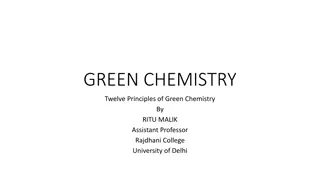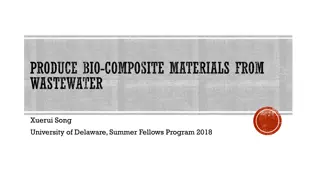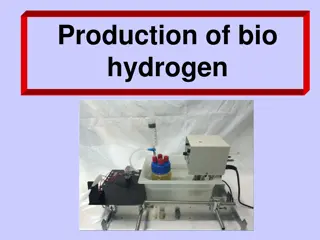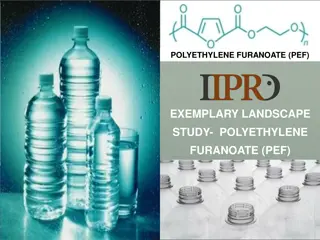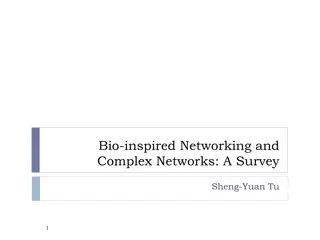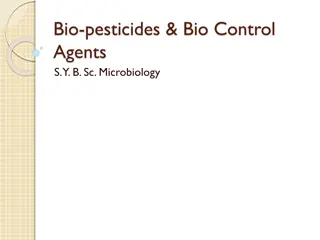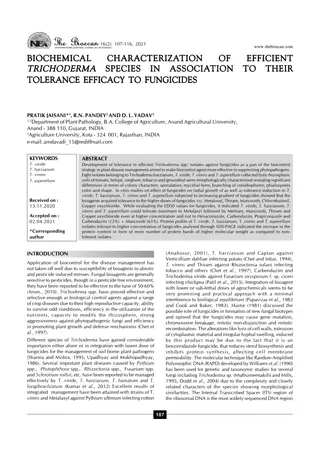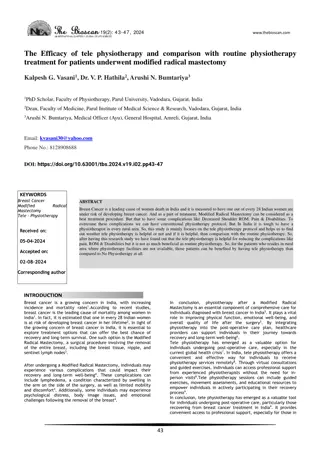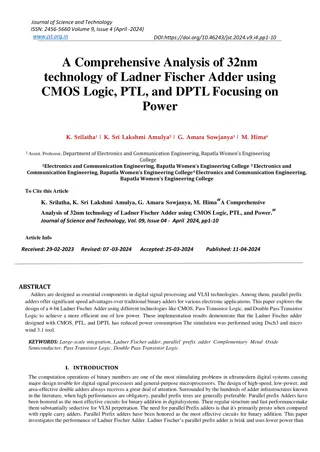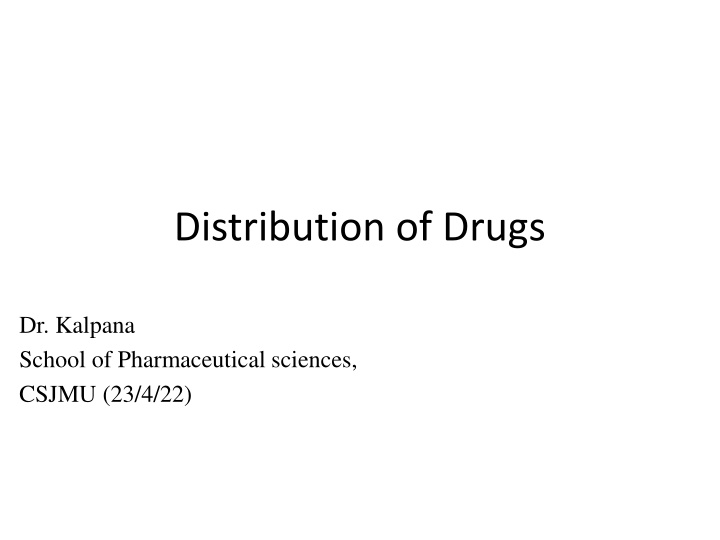
Drug Distribution in Pharmaceutical Sciences
Learn about the processes of drug distribution and disposition in pharmaceutical sciences, including factors affecting distribution throughout the body. Explore the role of tissue permeability, physiological barriers, and organ/tissue perfusion rates in drug distribution.
Download Presentation

Please find below an Image/Link to download the presentation.
The content on the website is provided AS IS for your information and personal use only. It may not be sold, licensed, or shared on other websites without obtaining consent from the author. If you encounter any issues during the download, it is possible that the publisher has removed the file from their server.
You are allowed to download the files provided on this website for personal or commercial use, subject to the condition that they are used lawfully. All files are the property of their respective owners.
The content on the website is provided AS IS for your information and personal use only. It may not be sold, licensed, or shared on other websites without obtaining consent from the author.
E N D
Presentation Transcript
Distribution of Drugs Dr. Kalpana School of Pharmaceutical sciences, CSJMU (23/4/22)
Disposition : tends to lower the Plasma concentration Two major drug disposition process are A) Distribution B) Elimination Distribution: Involves reversible transfer of a drug between compartments or between blood and extravascular fluids and tissues Elimination : consist of two processess : 1) Biotransformation (Metabolism) 2) Excretion Distribution is a passive Process The Pharmacological action depends on conc at the site of distribution so distribution plays imp role
Distribution of drug is not uniform through out the body.nts The rate and extent of distribution varies to various tissues. The difference in distribution is due to various no. of factors. 1) Tissue Permeability 2) Organ / tissue size perfusion rate 3) Binding of drug to tissue components eg: Blood componens and extravascular tissue protiens. 4) Miscellaneous Age, obesity, diet, disease state, Drug interaction.
Tissue permeability Factor: If blood flow to entire body is were rapid ands uniform than difference in degree of distribution is called Tissue permability rate limited . It depends on : Physicochemical properties of drug Physiological barriers. Physiochemical properties of the drug are: Molecular size Degree of Ionization Partition coefficient
Physiological barriers: Simple capillary endothelial barrier Simple cell membrane barrier Blood brain barrier Cerebrospinal fluid barrier Placental barrier Blood testis barrier
Organ / Tissue perfusion rate Distribution is : Permeability rate limited: a)polar, ionic water soluble drugs b) Highly selective membrane Perfusion rate limited: Drugs highly lipophilic Drugs diffusing with highly permeable membrane.
Miscellaneous factors: Age Pregnancy Obesity Diet Disease state Drug interaction







